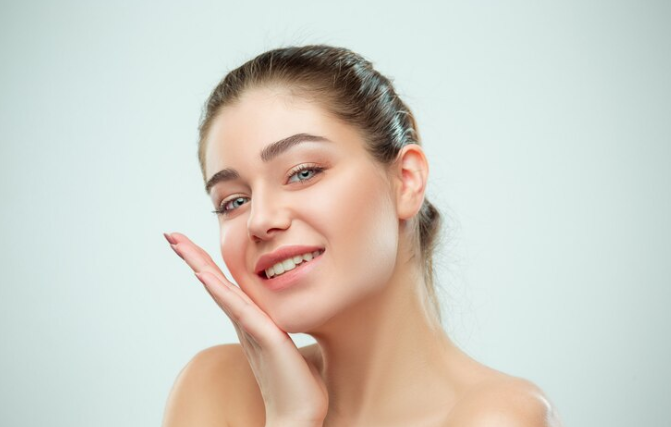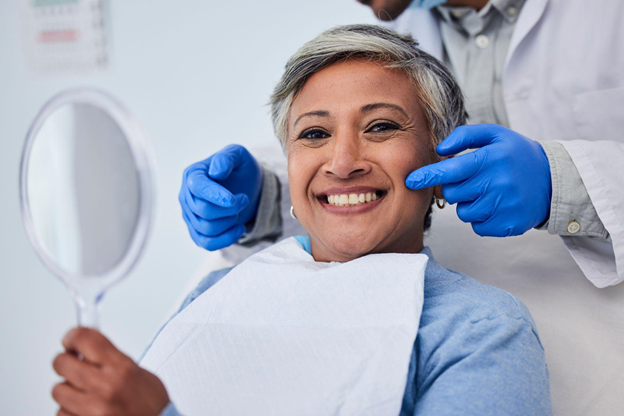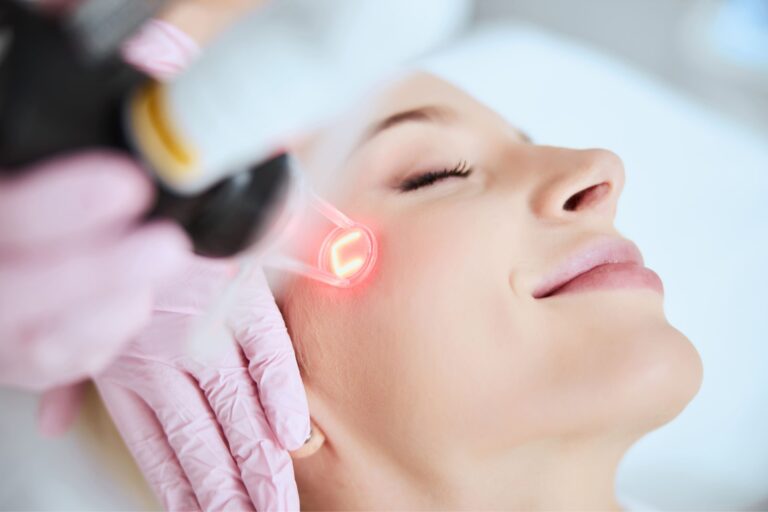Occupational therapy group activities have gained popularity as an effective therapeutic approach for individuals with various needs. These activities offer numerous benefits, including social interaction, skill development, and enhanced motivation. In this article, we will explore the effectiveness of occupational therapy group activities, examining their impact on different populations and highlighting key elements that contribute to their success.
The Benefits of Occupational Therapy Group Activities
Occupational therapy group activities provide a supportive environment where individuals can engage in meaningful tasks and social interactions. This setting fosters a sense of community and belonging, which can significantly enhance the therapeutic process. Key benefits include improved social skills, increased motivation, and the opportunity to practice new skills in a safe and supportive environment.
Improving Social Skills
One of the primary advantages of occupational therapy group activities is the improvement in social skills. Participants interact with peers, share experiences, and work collaboratively on tasks. This interaction helps individuals develop communication skills, learn to cooperate, and build relationships. These social skills are crucial for individuals with autism, as they often struggle with social interactions. Group activities provide a structured setting where they can practice these skills in a supportive environment.
Enhancing Motivation
Group activities can boost motivation by providing a sense of purpose and achievement. When individuals see their peers engaging in and enjoying activities, they are more likely to participate and stay motivated. This is particularly beneficial for children, as they are often more motivated by peer interactions than individual tasks. Occupational therapy at home can incorporate group activities to maintain this level of motivation and engagement.
Skill Development
Occupational therapy group activities are designed to target specific skills, such as fine motor skills, gross motor skills, and cognitive abilities. The group setting allows participants to observe and learn from each other, facilitating skill acquisition. For example, children with autism can work on their Basic Functional Play Activity Examples for Kids, enhancing their functional abilities and independence.
Supporting Emotional Well-being
Engaging in group activities can have a positive impact on emotional well-being. The social support and sense of community provided by the group can reduce feelings of isolation and anxiety. Participants often experience increased self-esteem and confidence as they successfully engage in activities and receive positive feedback from peers and therapists.
Effectiveness for Different Populations
Occupational therapy group activities can be effective for various populations, including children, adolescents, and adults. Each group benefits from the unique advantages that group therapy provides, tailored to their specific needs and goals.
Children
For children, group activities can enhance play skills, social interactions, and school readiness. Activities such as group play, arts and crafts, and team sports help children develop important social and motor skills. These activities also provide opportunities for children to practice following instructions, taking turns, and working cooperatively with others.
Adolescents
Adolescents can benefit from group activities that focus on social skills, self-regulation, and vocational skills. Group therapy provides a platform for teenagers to share experiences, develop coping strategies, and build supportive peer relationships. Activities such as group discussions, role-playing, and team projects can help adolescents navigate social challenges and prepare for adulthood.
Adults
For adults, group activities can address a range of issues, including mental health, physical rehabilitation, and vocational skills. Occupational Therapy Groups for adults may involve activities such as cooking classes, gardening, or job skills training. These activities provide a supportive environment for adults to develop new skills, build confidence, and improve their overall well-being.
Key Elements of Successful Occupational Therapy Group Activities
The effectiveness of occupational therapy group activities depends on several key elements. These include the selection of appropriate activities, the facilitation skills of the therapist, and the group dynamics. Ensuring these elements are in place can maximize the benefits of group therapy for participants.
Selection of Activities
The activities chosen for group therapy should be meaningful and relevant to the participants’ goals. Activities should be engaging, challenging, and adaptable to different skill levels. For example, activities that promote fine motor skills, such as arts and crafts, can be beneficial for children, while activities that focus on social skills, such as group discussions, can be effective for adolescents and adults.
Facilitation Skills
The therapist’s facilitation skills play a crucial role in the success of group activities. A skilled therapist can create a supportive and inclusive environment, encourage participation, and provide appropriate feedback. Effective facilitation involves understanding group dynamics, managing conflicts, and adapting activities to meet the needs of all participants.
Group Dynamics
The dynamics of the group can significantly impact the effectiveness of therapy. A cohesive group with positive interactions can enhance the therapeutic process, while a group with negative dynamics can hinder progress. Therapists must monitor and manage group dynamics to ensure a positive and productive environment.
Implementing Occupational Therapy Group Activities
Implementing group activities in occupational therapy requires careful planning and consideration. Therapists must assess the needs and goals of participants, select appropriate activities, and create a structured plan. It is also essential to regularly evaluate the effectiveness of the activities and make adjustments as needed.
Assessment
Before implementing group activities, therapists should conduct a thorough assessment of each participant’s needs, goals, and abilities. This assessment helps in selecting suitable activities and creating a plan that addresses the specific needs of the group. Assessments should be ongoing to monitor progress and make necessary adjustments.
Planning
Planning is crucial for the successful implementation of group activities. Therapists should develop a structured plan that outlines the goals, activities, and expected outcomes. The plan should be flexible enough to accommodate individual differences and adapt to changing needs. Regularly reviewing and updating the plan ensures it remains relevant and effective.
Evaluation
Regular evaluation of group activities is essential to determine their effectiveness. Therapists should gather feedback from participants, observe progress, and assess outcomes. This evaluation helps identify areas of improvement and make necessary adjustments to enhance the therapeutic process.
Conclusion
Occupational therapy group activities offer numerous benefits, including improved social skills, enhanced motivation, and skill development. They can be effective for various populations, including children, adolescents, and adults. The success of group activities depends on the selection of appropriate activities, the facilitation skills of the therapist, and the group dynamics. By carefully planning and implementing group activities, therapists can maximize their effectiveness and provide valuable therapeutic experiences for participants. Incorporating these activities into occupational therapy at home can also help maintain motivation and engagement outside the clinical setting.






